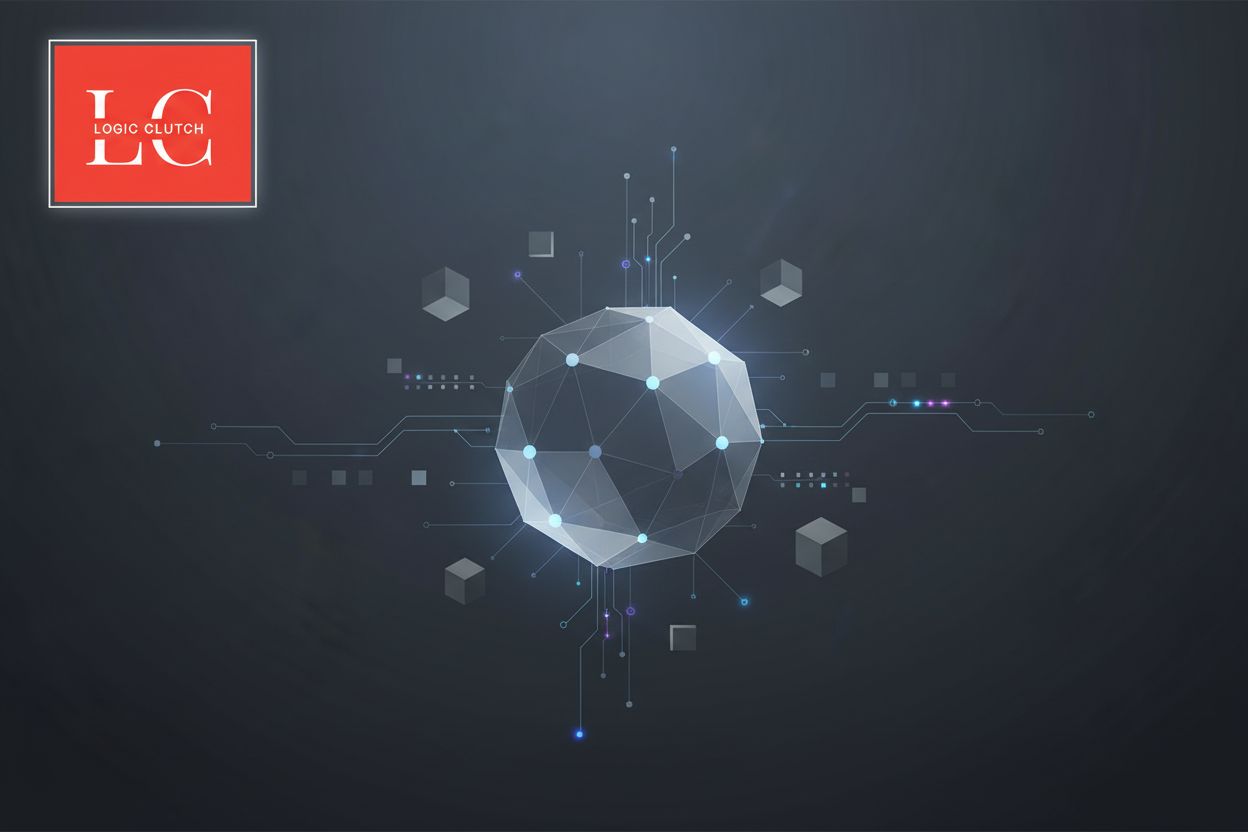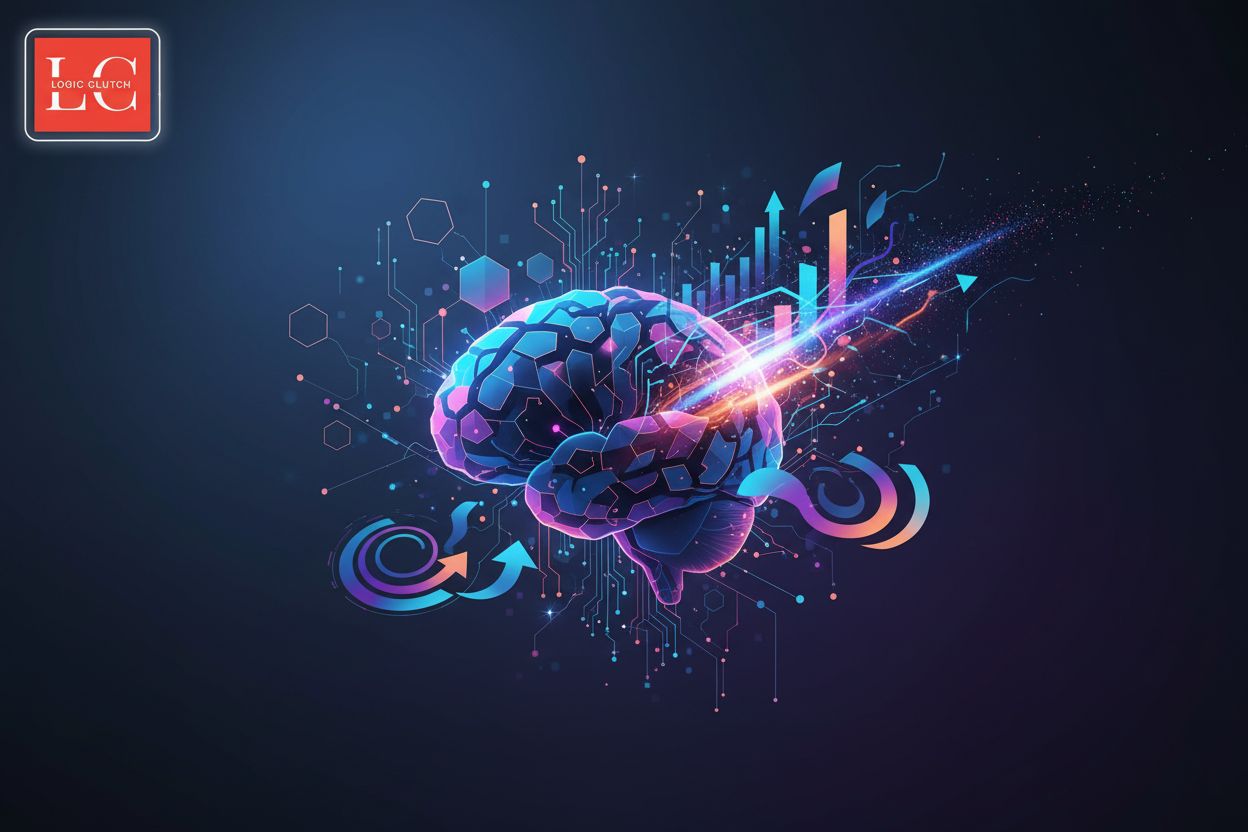AI Analytics: What It Is, Why It Matters, & Use Cases
TL;DR
What is AI Analytics?
Alright, let's dive into what ai analytics actually is, cause there's a lot of buzzwords floating around - right?
At its heart, ai analytics is basically using artificial intelligence to make data analysis way more powerful. Think of it as giving your regular data analytics a serious shot of adrenaline.
- It's about using ai algorithms to pull out insights, spot trends, and even automate some decision-making that would normally take a human analyst hours- if not days- to do.
- This goes way beyond just simple charts and graphs. We're talking about things like machine learning to predict future outcomes, and natural language processing to understand customer feedback from surveys or social media.
- Consider how ai is used in healthcare to predict patient readmission rates based on tons of variables - or in retail, to optimize inventory based on real-time demand forecasting. It's not just looking at what happened, it's guessing what's going to happen.
To achieve this, a specific process is followed, requiring the right ingredients. First, data needs to be pulled from everywhere - your crm, databases, even outside sources. Then, that data needs to be cleaned up and prepped. Next, the right ai algorithm is picked and trained using that data. Finally, actionable insights and predictions are generated and put to use in the business.
Why AI Analytics Matters for Enterprises
ai analytics isn't just some tech fad; it's changing how enterprises operate, and it's here to stay. Think of it as the secret sauce for making smarter, faster decisions.
- Deeper Insights: ai algorithms can sift through massive datasets to uncover patterns and relationships that humans might miss. Imagine a financial institution using ai to detect fraudulent transactions in real-time – talk about a game changer.
- Predictive Capabilities: ai enables businesses to forecast future trends and outcomes. It's not just about looking at what happened; it's about predicting what will happen. This can be a real boon, especially in industries like retail, where accurate demand forecasting can minimize waste.
- Automation: ai can automate repetitive tasks, freeing up human employees to focus on more creative and strategic work. This is particularly valuable in areas like customer service, where ai-powered chatbots can handle routine inquiries.
Marketing teams are already seeing major wins using ai for customer segmentation. Instead of relying on old, generalized demographics, ai can analyze actual user behavior - clicks, views, purchase histories - to create more personalized clusters.
AI Analytics Use Cases within Salesforce CRM
Imagine trying to manage a massive customer database without ai – it's like trying to find a needle in, well, a digital haystack. Thankfully, ai analytics within salesforce crm is changing the game.
- Lead scoring becomes way more accurate. ai algorithms analyze tons of data points to identify the most promising leads.
- Opportunity insights uses ai to predict which deals are most likely to close, and suggest next steps. i mean, who wouldn't want that?
- Predictive forecasting helps sales managers anticipate future performance, allowing them to make data-driven decisions. It's like having a crystal ball, but, you know, based on actual data.
ai can analyze customer data to personalize interactions. For example, marketing teams can use ai to segment audiences and deliver targeted campaigns. It's basically about making every customer feel like they're getting the star treatment.
Here's a simple example of how you might train a model to predict customer behavior:
from sklearn.linear_model import LogisticRegression
# Assuming X_train and y_train are your training data (features and target variable)
# and X_test is your data for making predictions.
model = LogisticRegression()
model.fit(X_train, y_train) # This trains the model on your historical data.
predictions = model.predict_proba(X_test)[:, 1] # This generates probabilities for the positive class.
ai can also be used to automate case routing, analyze customer sentiment, and even automate chatbot interactions. This not only improves agent productivity but also significantly enhances customer satisfaction.
AI Analytics in Marketing Clouds
Now, let's talk about how ai is shaking things up in marketing clouds. It's pretty wild how much more targeted and effective campaigns can become.
ai can analyze vast amounts of customer data – from website interactions to past purchases – to create incredibly precise audience segments. This means instead of broad strokes, you're talking directly to people who are actually interested in what you're offering.
Think about personalized email campaigns that adapt based on individual user behavior, or dynamic ad content that changes in real-time to match a user's current interests. It’s all about delivering the right message, to the right person, at the right time.
Real-World Examples of AI Analytics in Action
Okay, so ai analytics in practice, eh? It's not just theory, folks are actually using this stuff.
Imagine factories where machines tell you when they're gonna break. That's predictive maintenance.
- ai algorithms analyze sensor data to predict failures and schedule maintenance, cutting down on downtime and saving money.
- Think about it: no more surprise breakdowns, just smooth operations.
Banks are using ai to catch bad guys, but, like, digitally.
- ai can analyze transaction patterns and flag suspicious activity in real-time.
- It's not just about catching fraud after it happens; it's preventing it in the first place.
Challenges and Considerations
Alright, wrapping things up– ai analytics ain't all sunshine and rainbows, you know?
- Data quality is key; garbage in, garbage out, right? You need accurate, complete, and consistent data for reliable results. If your data's messy, your ai's gonna be messy too.
- Algorithm selection ain't a walk in the park either. Choosing the right ai models and training them properly requires serious expertise. You can't just throw any old algorithm at a problem and expect magic.
- Don't forget ethics! Bias and transparency are real concerns that need addressing for responsible ai.
- Bias means your ai might unfairly favor or discriminate against certain groups because the data it learned from was biased. For example, an ai trained on historical hiring data might perpetuate past discriminatory hiring practices.
- Transparency is about understanding why an ai made a certain decision. If an ai denies a loan, you should be able to understand the factors that led to that decision, not just get a black box answer.





